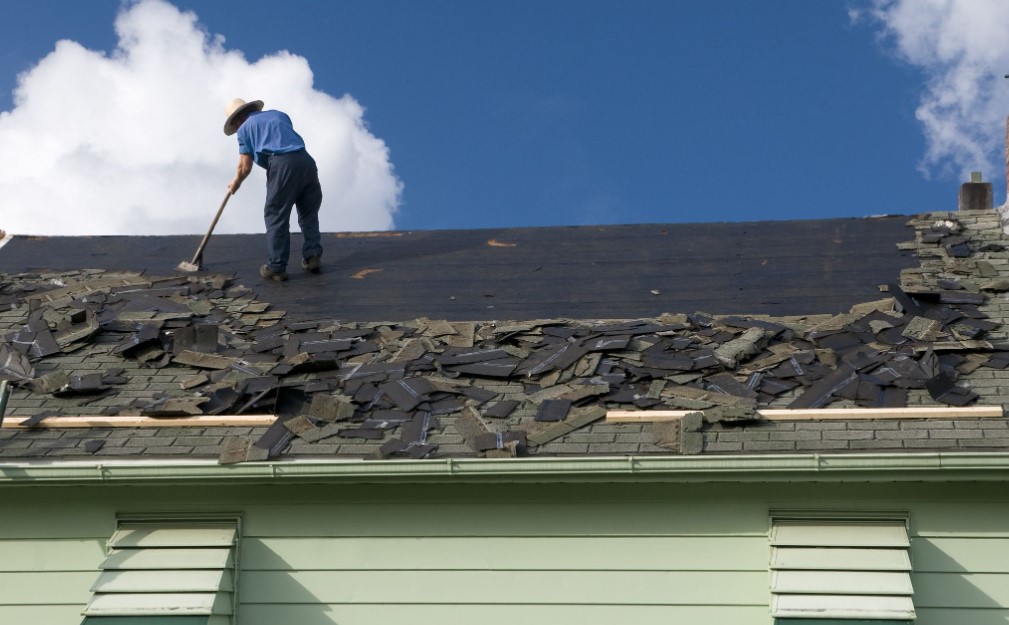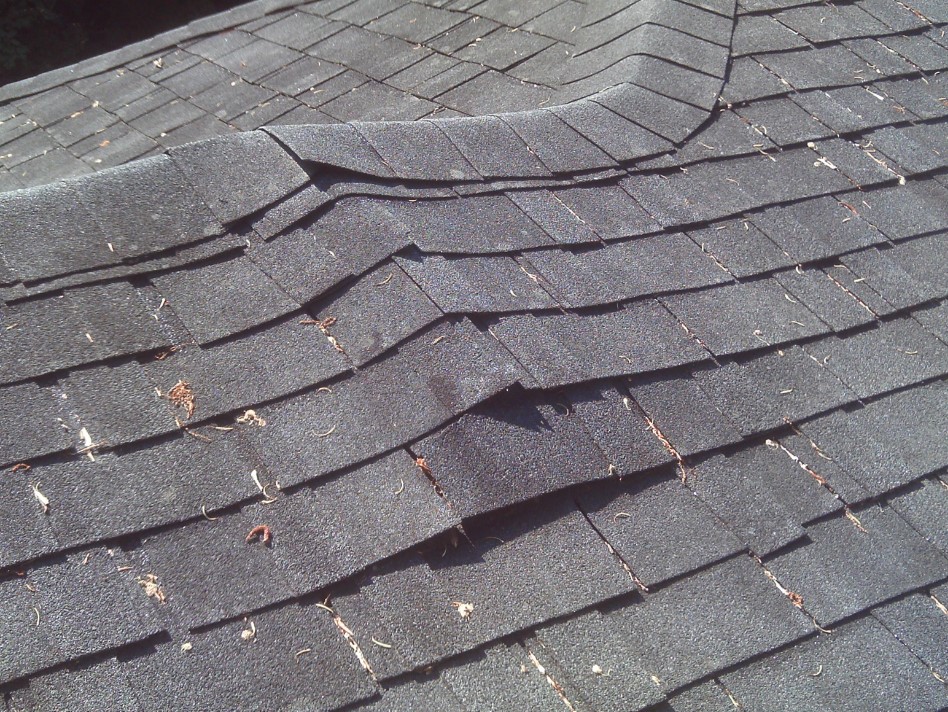
Roofing felt is a great material that protects your home from the elements. It acts as a backup for shingles, prevents wood rot, and is safer than asbestos. Luckily, there are a few ways to use this material around your home. Here are some ideas.
Roofing felt protects your home from the elements
Roofing felt provides additional protection for your roof by preventing water from penetrating the shingles. It also protects the underlying home structure from water and rot. In addition, it prevents condensation from forming under the roof, which can cause damp and mould problems. These problems can be costly and difficult to fix. The type of roofing felt you choose will depend on the climate where you live.
Roofing felt can be synthetic or made from natural materials. It can be waterproof or breathable. This is important because breathable roofing materials allow your roof to breathe, preventing water damage.
source: Dachpappe Entsorgung in Berlin
It is a backup to shingles
The reason why old roof felt is a backup to shingles is because felt provides another layer of protection for your home. It prevents water from damaging the roof decking and minimizes the risk of mold and wood decay. In addition, it protects the interior of your home.
While it may seem like a good backup, you should use synthetic underlayment instead of organic felt paper. The synthetic material is essentially wrinkle-free, so it won’t “telegraph” its imperfections through the shingles. Moreover, synthetic underlayment will lay flat until a new roof is installed. When it comes to organic felt paper, it often wrinkles and can cause the installation of new shingles to fail.
It reduces wood rot

Old roof felt reduces the risk of wood rot and protects your home from the damaging effects of winter weather. It helps to keep ice dams from forming and causing damage to your roof or wood decking. When the ice begins to melt, it must go somewhere, and it can only attack wood if it is surrounded by felt. This material forms a tough barrier, preventing melted ice from reaching drywall ceilings or insulation.
However, it doesn’t stop there. The problem can spread to other parts of your home. In addition to causing structural damage, the rotted wood can cause mold and fungi to grow and can cause serious health problems. The rot can also erode the attic insulation, located underneath the decking, reducing the energy efficiency of your home. Eventually, the affected wood can become so weak that it must be replaced.
It is safer than asbestos
If you’ve ever wondered whether old roof felt is safer than asbestos, you’re not
alone. Asbestos was once used extensively in roof and flooring applications. It was also commonly used in paper mills to help dry hot paper pulp. Asbestos felt was up to 85% asbestos, but most manufacturers used the chrysotile form, also known as white asbestos. Asbestos is highly friable and can release toxic dust particles into the air, making it a major exposure hazard.
Asbestos fibers were present in many products, including roof felt, floor tile, plaster, wall-joint compound, and oven mitts. Even homes that were built before 1980 may have been affected by this hazardous mineral. Whether your home has asbestos or not depends on its age and location. Older homes may have asbestos in their roofs, basements, floor tiles, and walls.
For more information: https://turbo-entsorgung.de/
